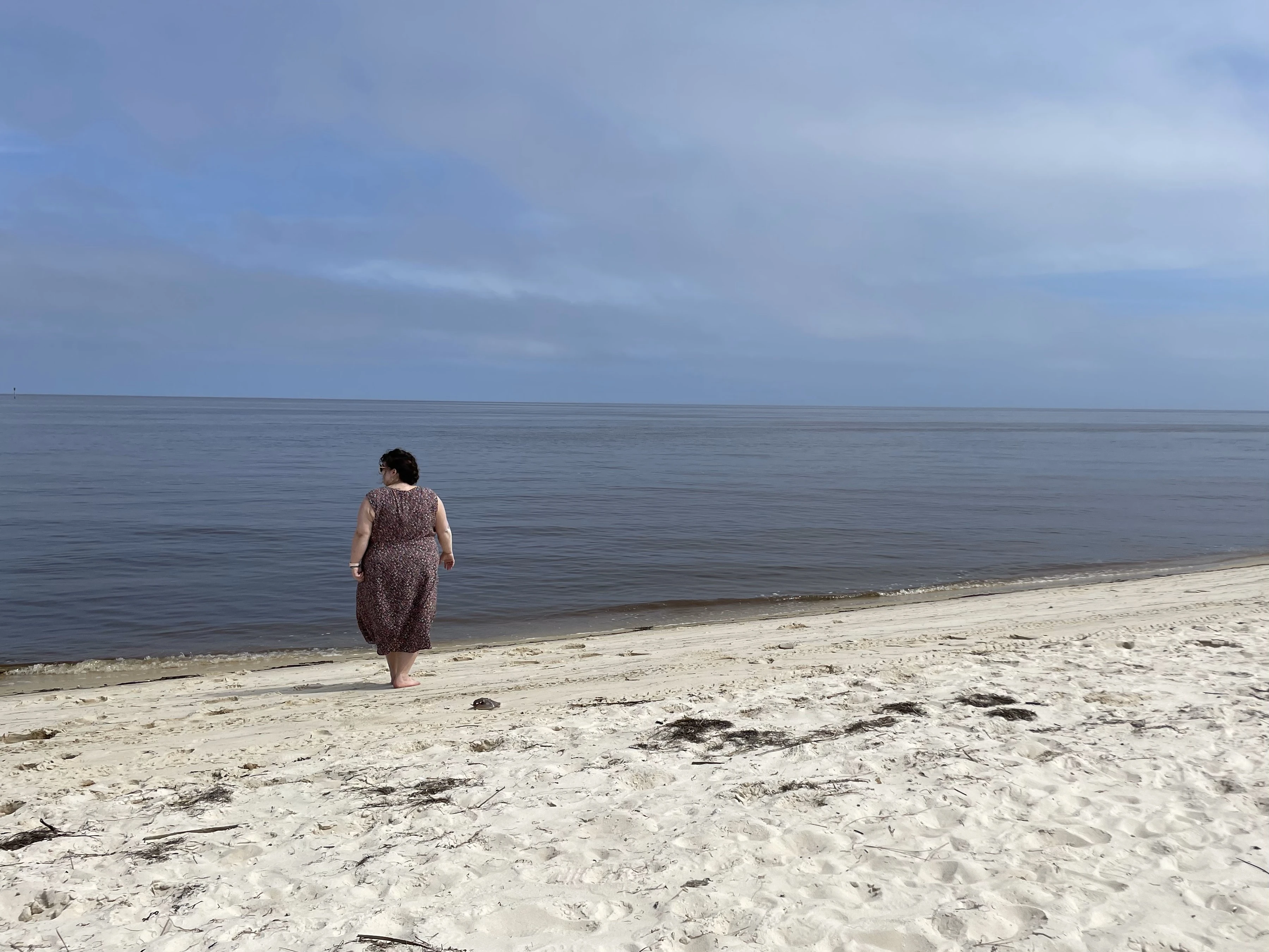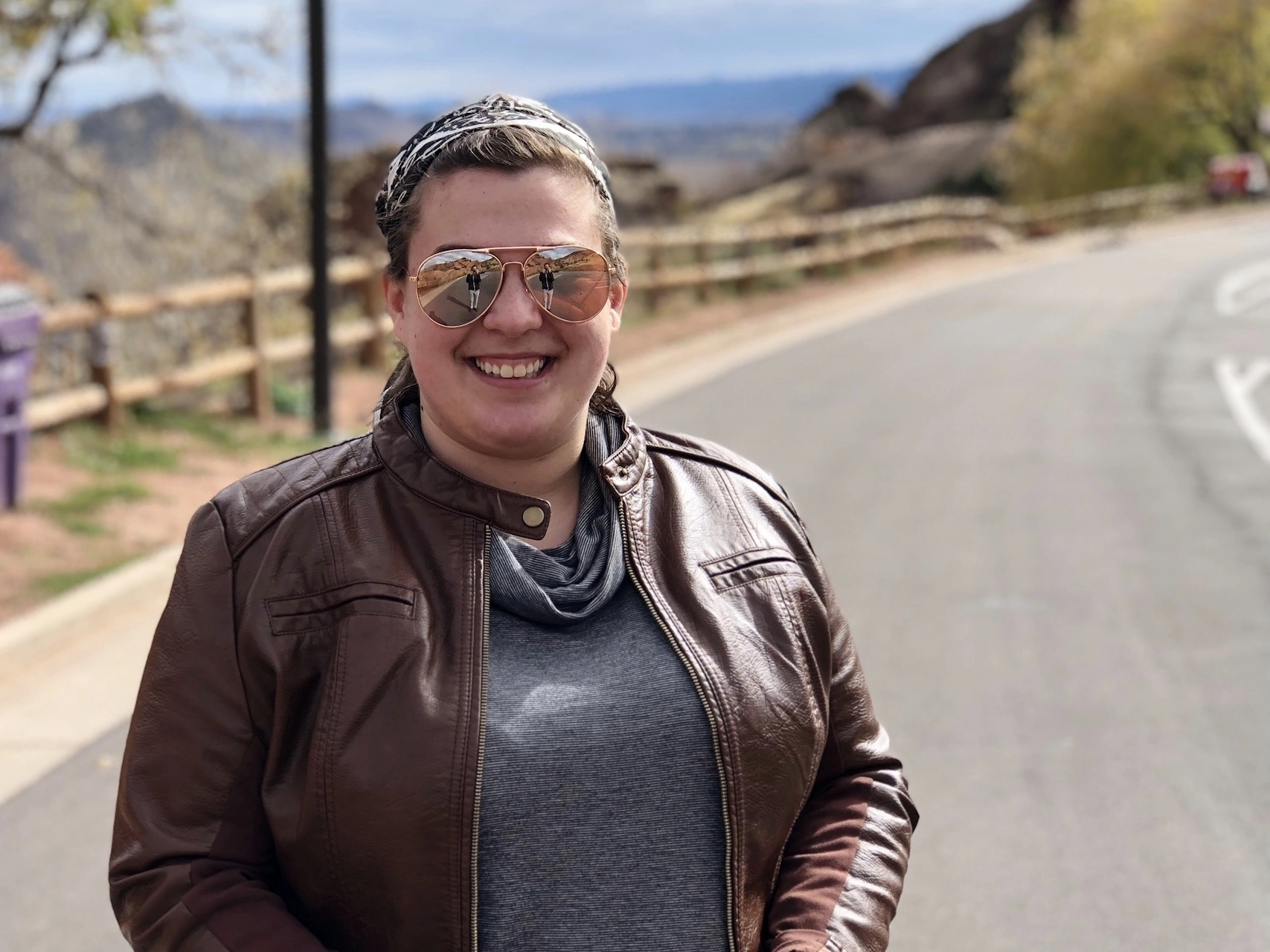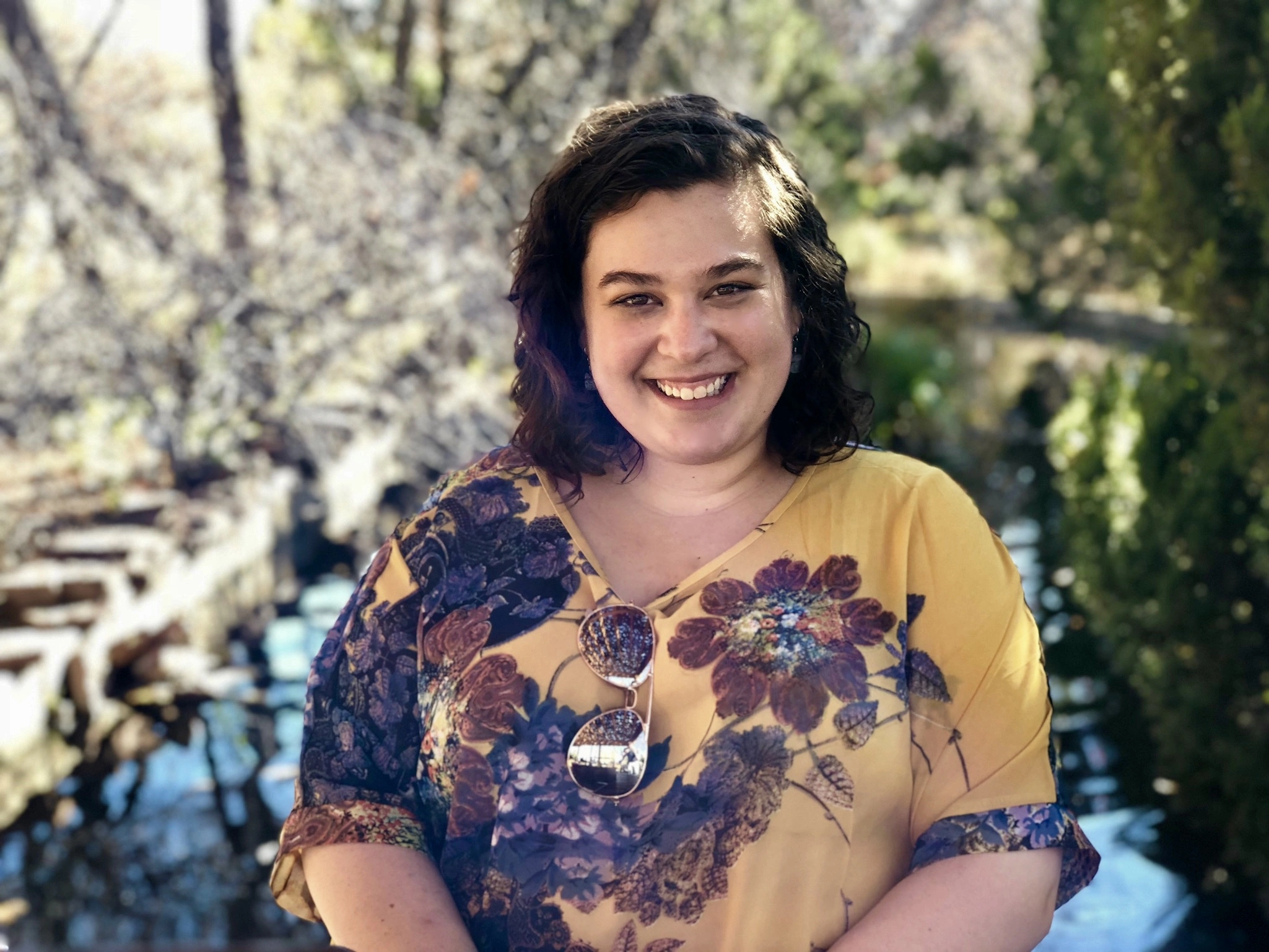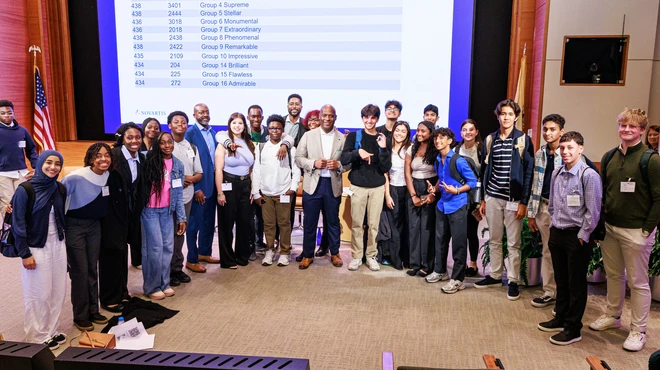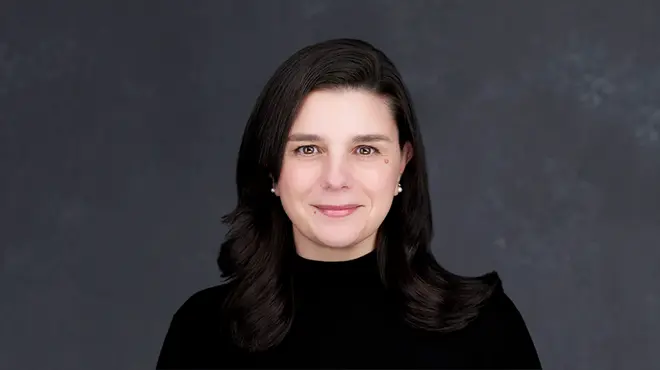Katy Shusta isn’t letting HS define her: Instead, she’s become a fierce advocate for navigating life with the disease one post, one conversation – and one person like her – at a time.
Katy’s personal story of living with the disease has reached people with HS far and wide, many of whom say they felt invisible until they saw her. But before Katy became an advocate, she was a kid navigating mysterious pain and a teenager wondering if anyone else out there felt the same.
HS is a chronic and often painful skin condition that causes recurring boil-like bumps that may burst into open wounds and cause irreversible scarring. It can have a profound impact on both physical and emotional well-being.1,2 In fact, as many as one in 100 people worldwide may be living with HS, yet many go undiagnosed or struggle to find effective care.1,3 This is due in large part to the persistent stigma that surrounds the disease, exacerbated by distressing symptoms like pain and itch, and a general lack of public awareness.2,4,5
The Long Journey to Diagnosis
Katy’s early symptoms were misdiagnosed as boils or acne, leaving her confused and isolated as a kid. It wasn’t until she was 17 that she received an official diagnosis. It was a moment of relief after nearly a decade of uncertainty. But while she finally found an answer, the physical and emotional toll of the disease grew as she struggled to balance the stresses of early adulthood with the complexities of managing her HS.2
Through her teen years, Katy internalized the condition as something to hide. While her peers navigated friendships and fun, she carefully concealed her scars, sat out of pool days and learned to anticipate flares before class trips. Katy notes, “Anything that sets you apart at that age is devastating. I was so embarrassed, lost and confused.”
Anything that sets you apart at that age is devastating. I was so embarrassed, lost and confused.
By the time Katy entered college at Ohio State University to study social work, the weight of living with a highly stigmatized disease had taken a toll on her mental health. She started to understand that managing HS meant navigating more than just physical pain.2
In fact, she describes her HS journey as a rollercoaster, with ups and downs that often mirror her flares.

